11 Different Types Of Perms To Choose From & Style Your Hair
Here's the thing: not all perms give you that crazy curly hair from the '80s!
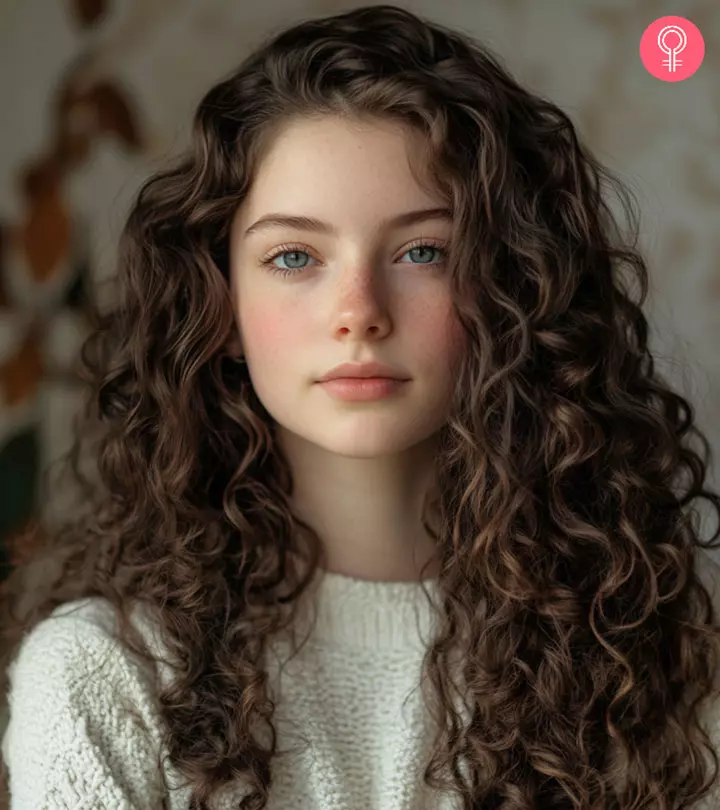
Image: Midjourney/ StyleCraze Design Team
Curling hair by altering the bonds in the hair strands is known as perming. There are different types of perms. Perming breaks the disulfide bonds in straight hair with the help of chemicals and makes it curly. After applying chemicals, the hair is wrapped in curling rods to attain the desired perm style. This article discusses types of perm styles, possible side effects, and how safe it is. Keep reading to know more.
In This Article
The Ultimate Guide To Different Perm Types
There are ten different perm styles that you should know. These can be achieved by two regular perm techniques – the digital method and the cold method. The digital method is also called a hot perm or acid perm while the cold method is known as an alkaline perm.
1) Pin-Up Perm
The pin-up perm style hair into pin-up curls. This style works best with medium and long hair. It can be tried on curly, wavy, and straight hair, and gives one a 1950s vibe.
Technique: A chemical perm solution is applied through the length of the hair. The hair is then styled in a pin-curl hairdo and secured in its place.
2) Root Perm
A root perm gives hair a voluminous and thick appearance. It is best suited for thin and fine hair. The hair is permed a few inches at the roots. This lifts it and makes it appear bouncy and fuller. The root lift perms can be done on curly, wavy, and straight hair.
Technique: A root perm is achieved with the cold technique since the rod has to be placed close to the scalp. Root perms can be done at specific areas of the head to add a lift. They require professional expertise.
3) Body Wave
Body wave perms leave you with loose beachy waves that fall naturally. They are ideal for straight hair as they provide a volumizing effect. They can add a natural bounce to flat and dull hair. The loose waves fall neatly without any fly aways.
Avoid heat styling tools as they can change the shape of the waves. A body wave perm can last as long as 2 to 3 months with the right care.
Technique: This style uses the hot or digital method of perming. Long rollers are used to form loose tousled waves. The rollers are placed in various positions to achieve natural waves.
4) Spot Perm
Perm rods are placed at a particular area to form curls only in that region. These perms are hairstyle-specific. They are also called partial perms. If you have uneven curls, a spot perm can add balance and direction to the specific areas. Spot perms can also be used to cover thinning hair and hair loss.
Technique: Hair from a particular region is curled with rods. The curling is done only in specific areas. Hence, a professional adept at handling curly and wavy hair must perform the procedure.
5) Spiral Perm
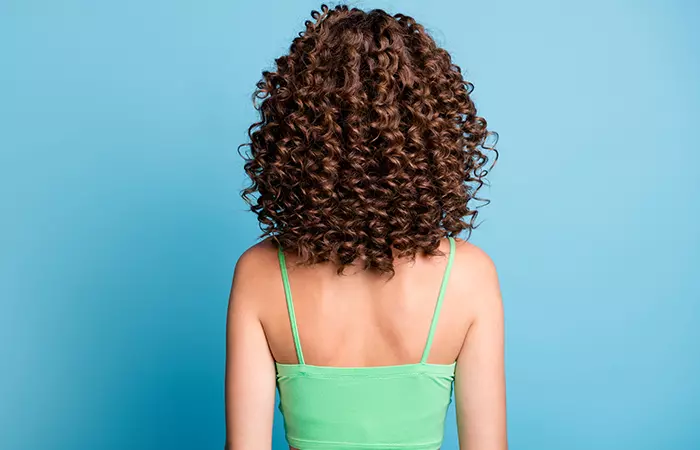
Spiral perms are voluminous, tight, and well-defined curls. Their shapes range from corkscrew curls to loose ringlets. These perms make hair bounce like a spring. The curls begin near the roots. This perm style is ideal for women with curly hair who need tight waves. This perm style can last up to 5 months with proper care..
Technique: Spiral perms utilize the cold wave perm technique to form curls. The size of the curling rod determines the coil of the curl. Hair is rolled around the rod and secured vertically to form corkscrew curls. The rods are placed on the head uniformly for achieving a good curl definition.
 Quick Tip
Quick Tip6) Stack Perm
The stack perm mixes different types of curls to give you a layered hairstyle.
The top layer is left natural, while the lower layers are permed. These layers make your hair look voluminous, stacked, and full. This style is ideal for people who do not have layers.
Technique: The stack perm uses digital techniques to form the layers. Some stylists even use two different rod sizes to add a fuller look. The lower layers use rod sizes that make the curls look natural.
7) Multi-Textured Perm
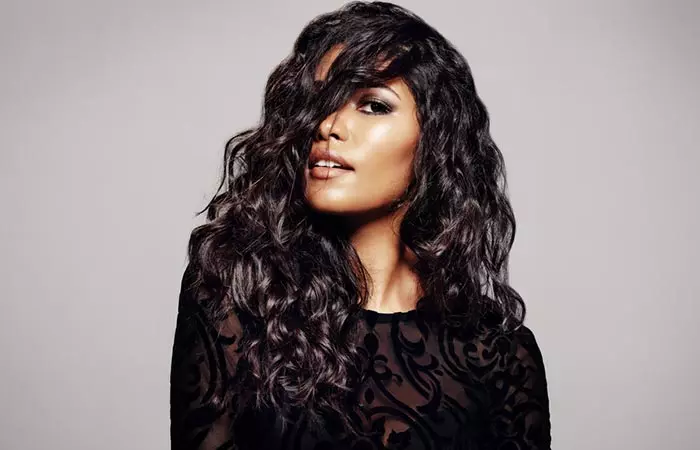
A multi-textured perm mixes different curl types to help you achieve a specific, unique hairstyle. It is ideal for medium or long hair.
Technique: This style requires the digital method. The stylist uses multiple-sized roller rods to achieve the desired permed hairstyle.
8) Partial Perm
The partial perm is used to make specific areas of hair different from other parts of the hair. The curls formed are loose and relaxed and have a distinct shape. You can also accentuate only the curls at the front or the ends. This style suits straight, wavy, and curly hair. While it may not help cover up hair loss or hair thinning, it can be used to distinguish particular sections of hair.
Technique: This style uses jumbo rods through digital techniques to form loose curls. This procedure is to be performed by a stylist.
9) Volume Perm

Volume perms do not use neutralizers with rods (like regular perms). Hence, they make hair look voluminous. These perms are used to make loose curls or waves. But they stay for only a month as the curls and waves are very relaxed. This style makes thin hair appear fuller.
Technique: The volume perm uses the digital method to form loose warms. Regular perms have the rods placed before a neutralizer is added. But here, the rods are removed before the neutralizer is added.
10) Reverse Perm
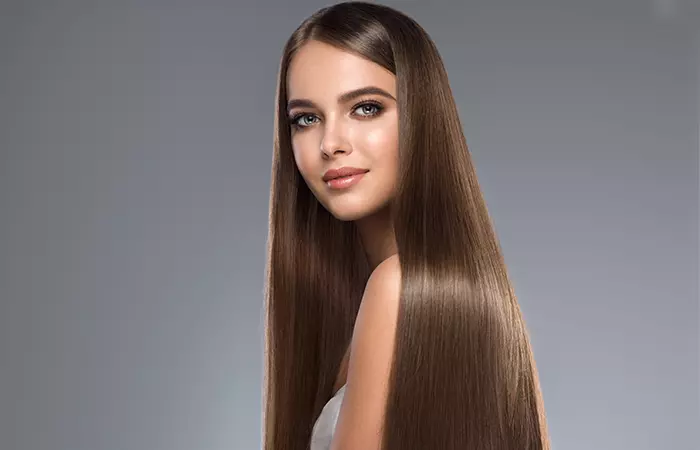
A reverse perm is also called Japanese hair straightening or thermal reconditioning. It makes Afro-textured, kinky, or curly hair permanently straight by weakening the cysteine bonds and disrupting the protein structure in the hair strands.
 Fun Fact
Fun FactTechnique: Ammonium thioglycolate is applied to curly hair to weaken the keratin bonds in the hair. The hair is then neutralized with a hydrogen peroxide solution. A hot iron is applied to make curly or wavy hair permanently straight.
11) Braid Perm
The braid perm is an alternative to traditional perming methods. It is a viral style that is said to give a bulkier look to your tresses compared to regular perms. This method offers a natural bed-head look, ideal for those who want to create a casual, effortless perm at home. The end result is a loose, soft-textured perm that is easier to maintain when compared to regular perms.
Technique: The hair is tied into a single or multiple French braids, depending on the desired curl size and intensity. A chemical perm solution is applied to the braids and covered with plastic for 20-30 minutes. Note that this method may not suit smooth and super fine hair types.
If you are thinking of getting a perm done, you should consider the cost as well.
Key Takeaways
- There are several types of perm, like pin-up perm, root perm, body wave, spot perm, spiral perm, stack perm, etc.
- The cost of perming depends on the perm style and technique, and it varies from salon to salon.
- If you take proper care of your perm, it can last three to six months.
- It is better not to perm dry and brittle hair as it can make your hair even drier and more prone to damage.
How Much Does A Perm Cost?
The average cost of a perm ranges from 80$ to 300$. The cost varies with each salon. Most salons choose their rates factoring in the perm style and the perm technique used. Some popular salons even consider the stylist performing the perm.
The graph below, which depicts the typical annual cost of perms and relaxants for each person and unit, was drawn from a market research study that used data collected by the Bureau of Labor Statistics, US. The main drivers of the expansion of perms and relaxants are the rising inclination for hairstyling, increasing urbanization, and marketing efforts. Nonetheless, it is possible that the COVID-19 epidemic and the ensuing lockdown may have impacted sales as they considerably reduced in 2020.

Perms & Relaxants Market Trend in 2018-2020
Source: Mordor IntelligenceWhile a perm should last forever (given its name), it does not. Keep reading to know how long a perm lasts.
How Long Does A Perm Last?
A perm can be achieved in about three hours and can last up to 3 months (for short hair)to 6 months (for medium and long hair). However, perms last only this long when you take proper care. This includes staying out of the sun and conditioning your hair regularly. Use a shampoo without sulfates to keep your permed hair looking its best. Sulfates can strip your hair of its natural oils and make it dry, damaging your perm. For the best results, consider following some tips to take care of your permed hair to maintain those gorgeous curls.
You might even think of adding some color to accentuate your new curls. But can you do that?
Can You Color Permed Hair?
The American Academy of Dermatology suggests that you can color permed hair (1). But ensure you leave a considerable gap (at least two weeks) between the two procedures as it is not good for your overall hair health. Both methods use chemicals that can dry your hair out. Going for them in quick succession can damage your hair.
The perming process uses chemicals that may damage your hair. How severe can this damage be? Does perming cause any side effects?
Is Perming Safe For Hair The Side Effects
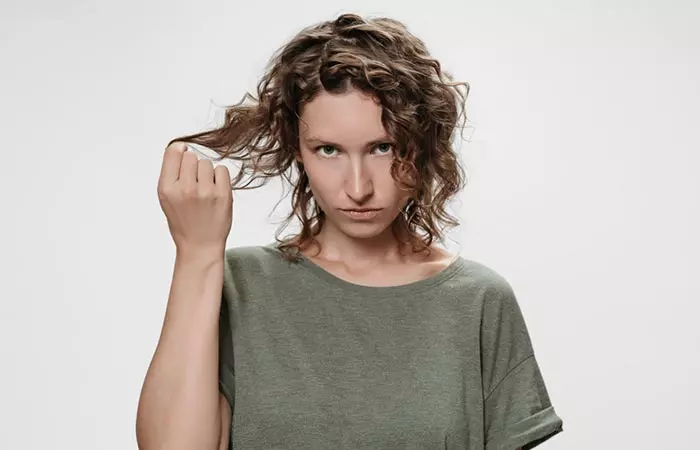
Thinking about getting a perm? It is great for a quick style change, but it is important to be aware of the potential risks. Perms can be a bit harsh on your hair, and knowing the side effects might help you decide if it is worth it. Stick around to learn more about why perms might be bad for your hair and how to avoid any issues.
- Perms can severely damage hair and leave it over processed and dull. If not done by a professional, perming can leave the cell membrane and endocuticle vulnerable to damage (2).
- Perming causes hair reduction and may make your hair swell, which might affect hair thickness.
- The perming solution may cause contact dermatitis if not rinsed out on time (3).
- Chemicals like hydrogen peroxide are known to cause hair damage due to their oxidizing properties. Glyceryl mono thioglycolate used for acid perm might also cause allergies.
- Perming solutions for colored hair may have stronger effects. Be careful while choosing perming solutions at home. Most stylists will let you get a perm done if your hair color requires just one process.
- Do not get a perm done if you have dry or brittle hair. Perms use chemicals that can make your hair dry and more prone to damage. They might also strip your hair of its natural moisture and oils. The chemicals used in perms can break your hair structure as well, which might affect hair elasticity and hair porosity.
Sandy, a blogger, shared her unsatisfactory experience with her digital perm. She said, “To my despair, I touched the ends of my hair for the first time after the perm and the texture (as expected) was crunchy-dry dead feeling (i).”
Illustration: Different Types Of Perms To Choose From & Style Your Hair
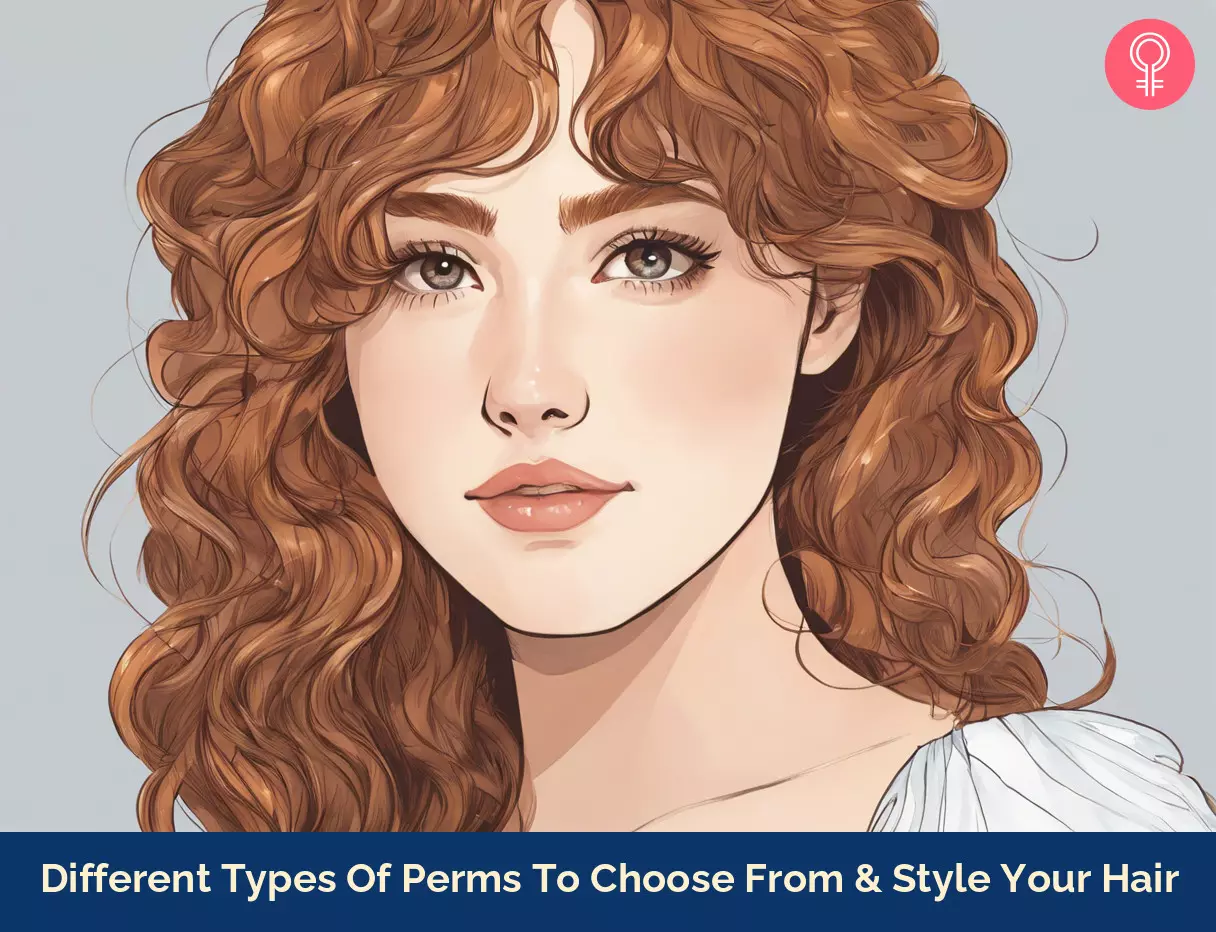
Image: Stable Diffusion/StyleCraze Design Team
Get the perfect perm with this guide! Check out this video to learn how to choose the right perm for your hair type and get the look you want.
Infographic: 10 Types Of Perms You Should Know About Before Getting This Style
All the different types of perms can give very distinct looks to your hair. More importantly, not all perm types are suitable for all hair conditions, textures, and types. Check out the infographic below for a quick overview of the different types of perms, what they look like, and which kind of hair they suit the most.

Illustration: StyleCraze Design Team
Perming your hair has its benefits and disadvantages. While it can make your hair look stunning, it also may cause damage. If you do perm your hair, ensure you follow certain maintenance tips to reduce the side effects. With the right hair care habits, you sure can enjoy the advantages of perming without hurting your tresses. When you opt for a perm, it is imperative to have it done by professionals and to do treatments and care for the hair.
Frequently Asked Questions
What type of perm lasts the longest?
The reverse perm or the Japanese hair straightening treatment lasts the longest. If appropriately maintained, it can last for 6 months or longer.
How do I choose a perm?
To choose the right perm treatment for yourself, you must understand your hair texture and consider its length. Based on that and the kind of style you desire, an expert can help you determine the most suitable perm treatment for you.
Which perm is less damaging?
Ceramic or cold perms use a less-damaging alkaline solution and do not involve heat, and hence are comparatively gentler on the hair. However, they are not entirely free of damage either.
Personal Experience: Source
StyleCraze's articles are interwoven with authentic personal narratives that provide depth and resonance to our content. Below are the sources of the personal accounts referenced in this article.
i. My Digital Permhttps://sandyshair.blogspot.com/References
Articles on StyleCraze are backed by verified information from peer-reviewed and academic research papers, reputed organizations, research institutions, and medical associations to ensure accuracy and relevance. Read our editorial policy to learn more.
- How to Stop Damaging Your Hair
https://www.aad.org/public/diseases/hair-loss/insider/stop-damage - Hair Cosmetics: an Overview
https://www.ncbi.nlm.nih.gov/pmc/articles/PMC4387693/ - Adverse Effects of Permanent Waving and Hair Relaxationassessment by Scanning Electron Microscopy (SEM)
https://www.researchgate.net/publication/272670138_Adverse_Effects_of_Permanent_Waving_and_Hair_Relaxation-Assessment_by_Scanning_Electron_Microscopy_SEM
Read full bio of Florence Nanga
Read full bio of Anjali Sayee
Read full bio of Eshna Das
Read full bio of Krati Darak






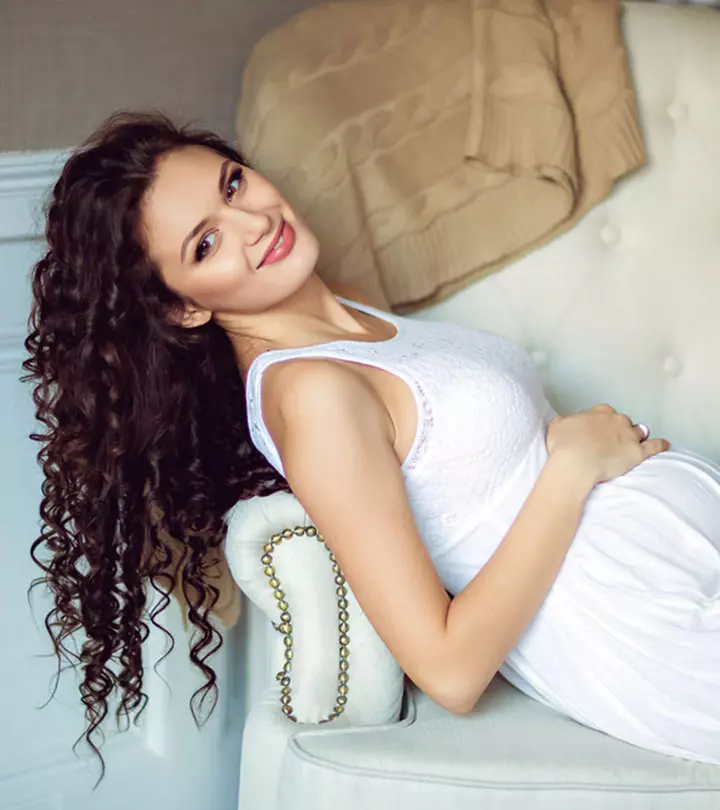
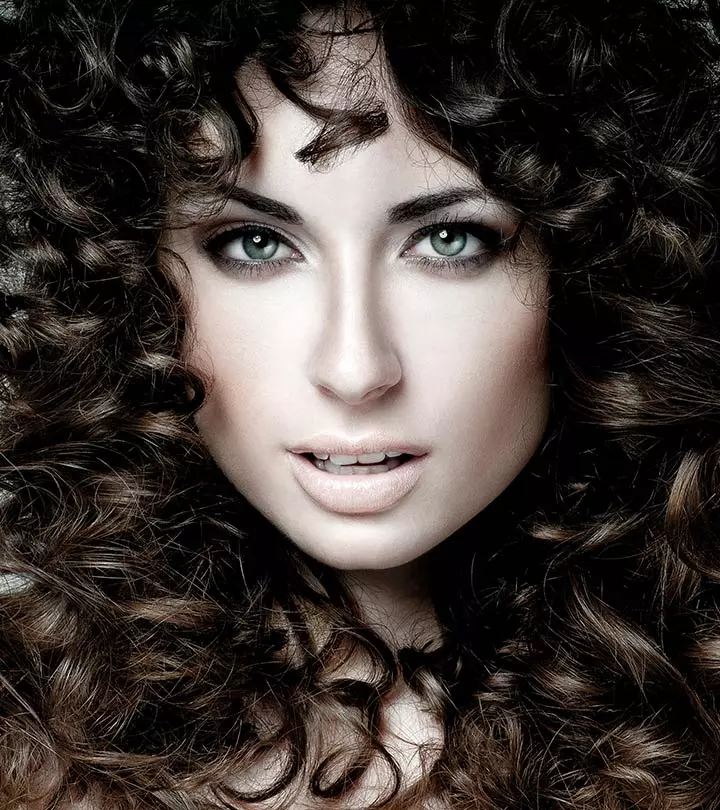
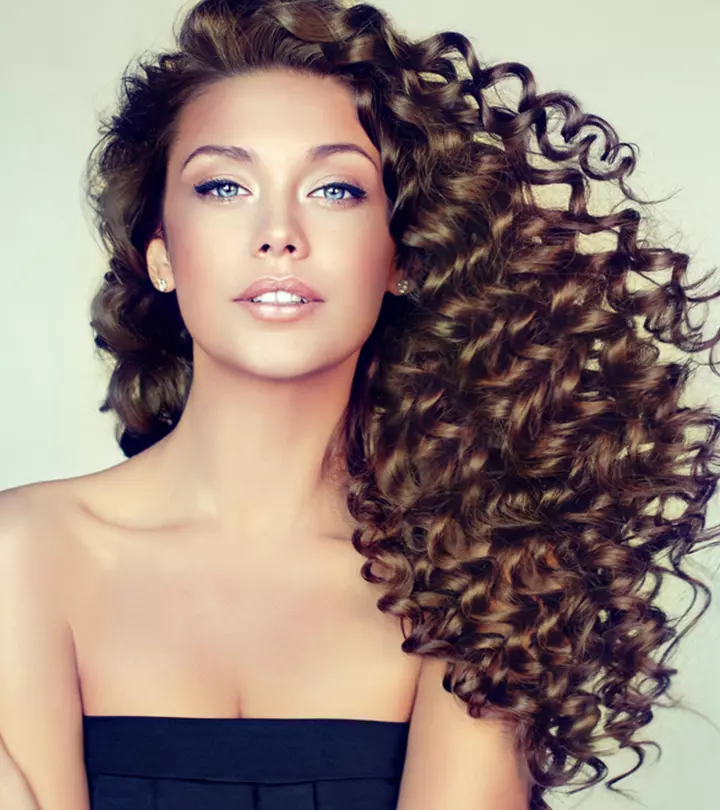
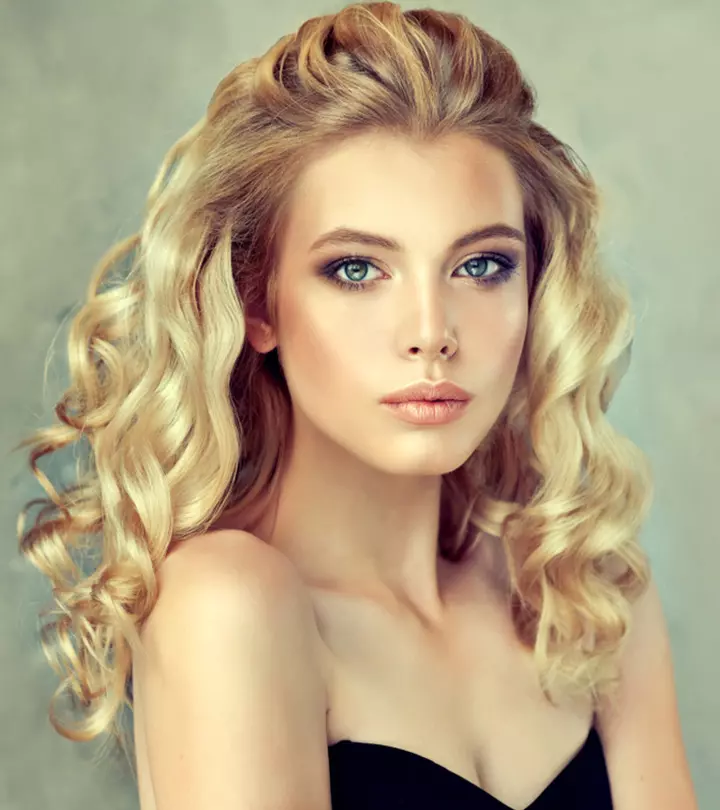
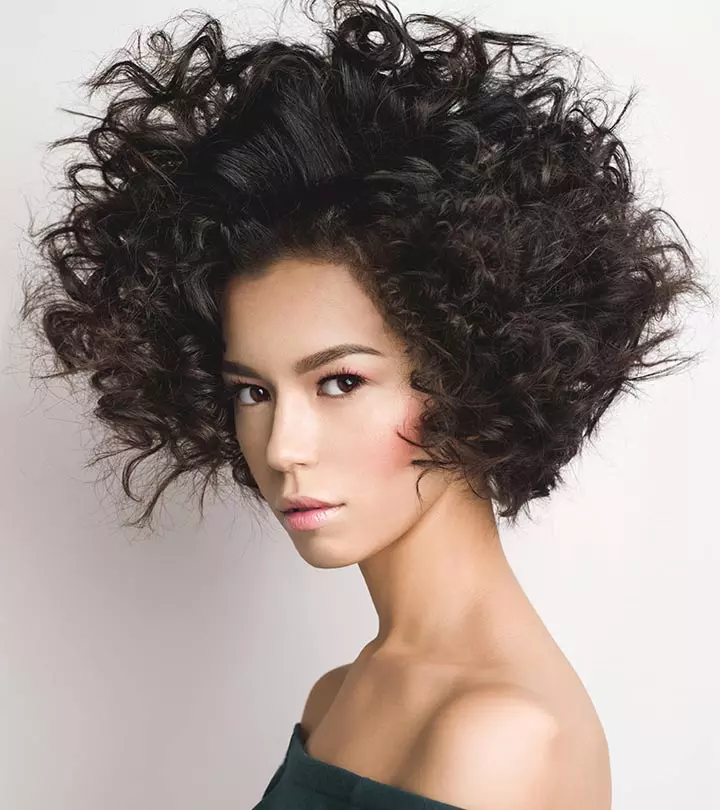
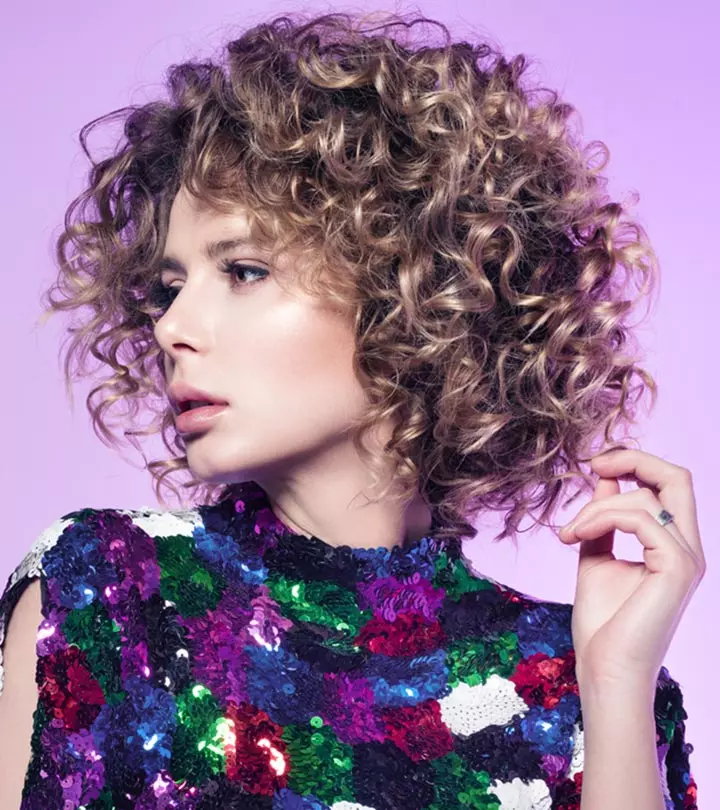

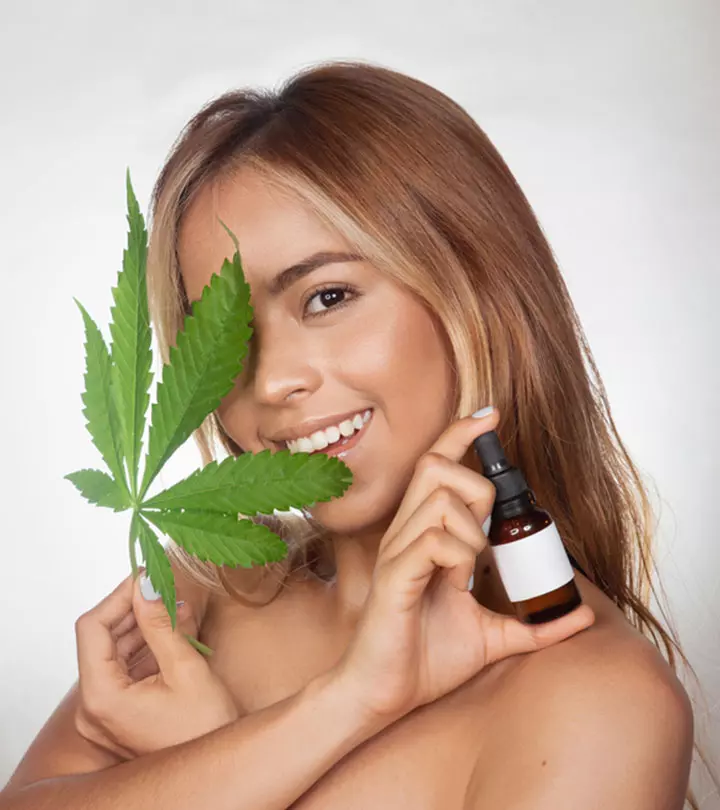
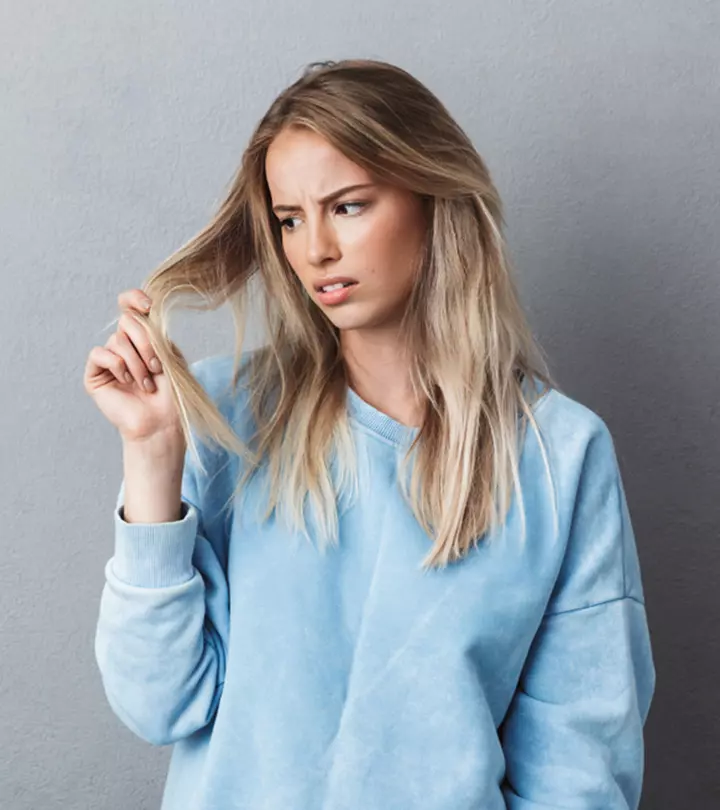
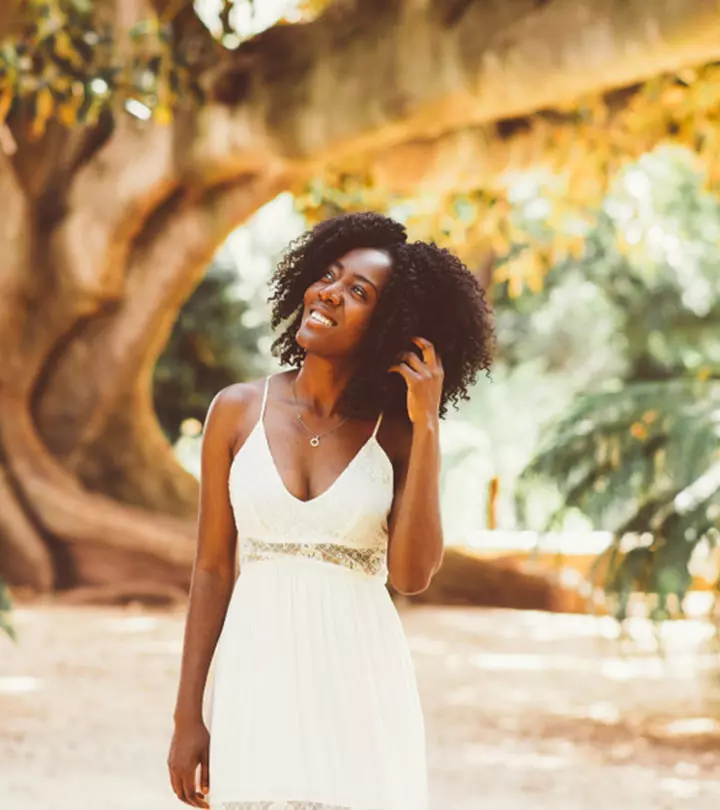
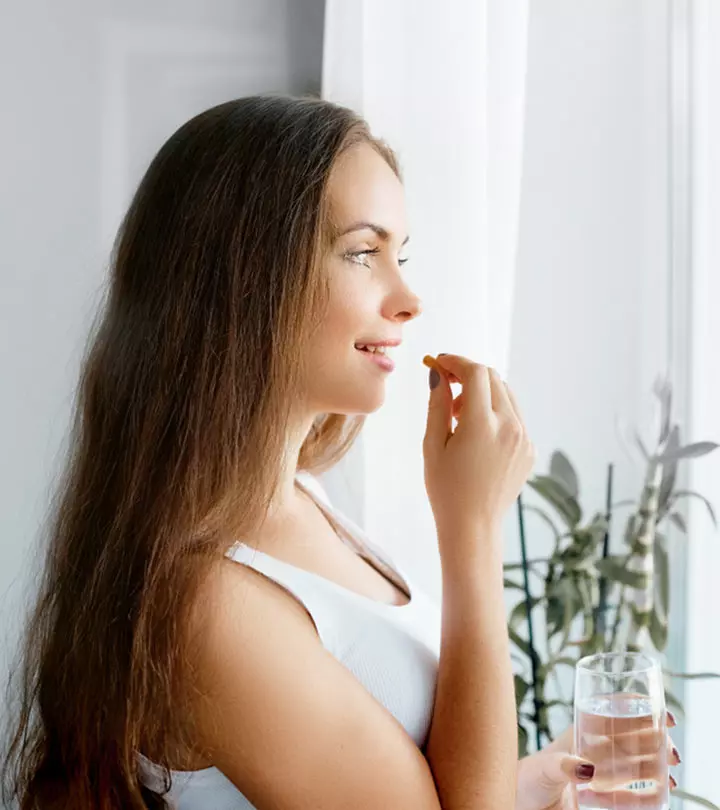
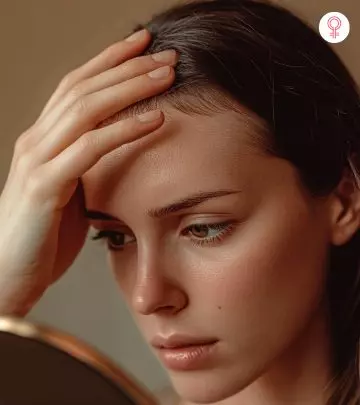
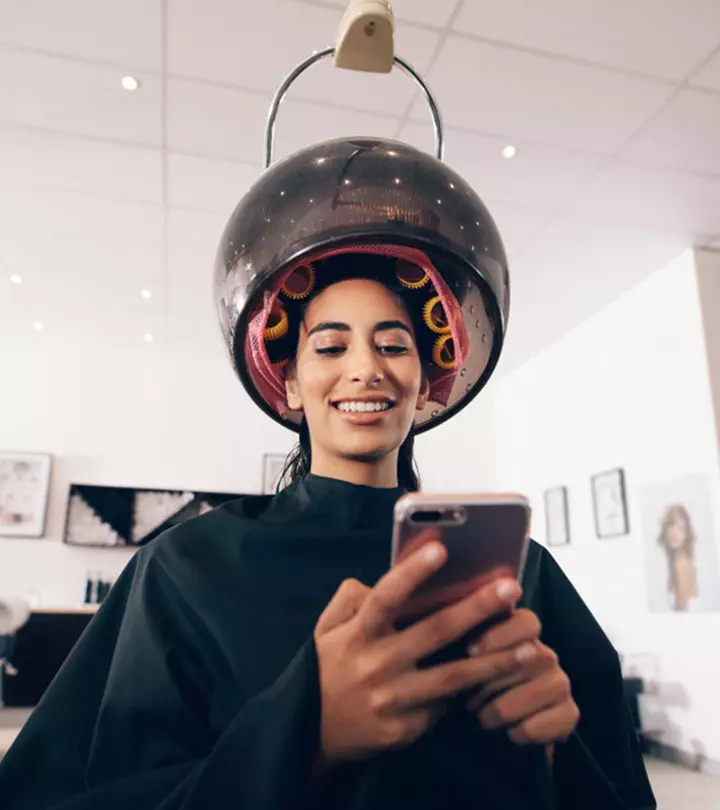
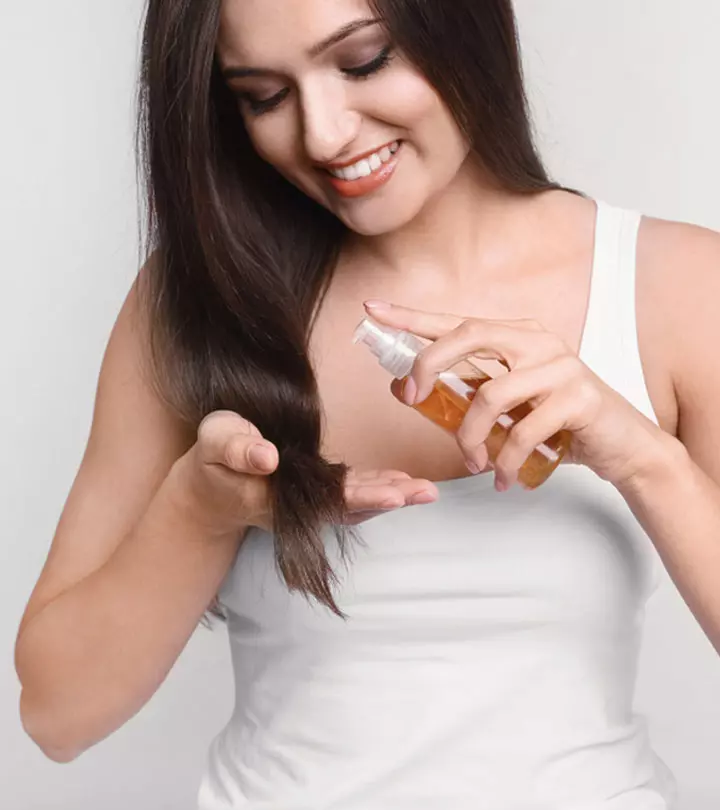
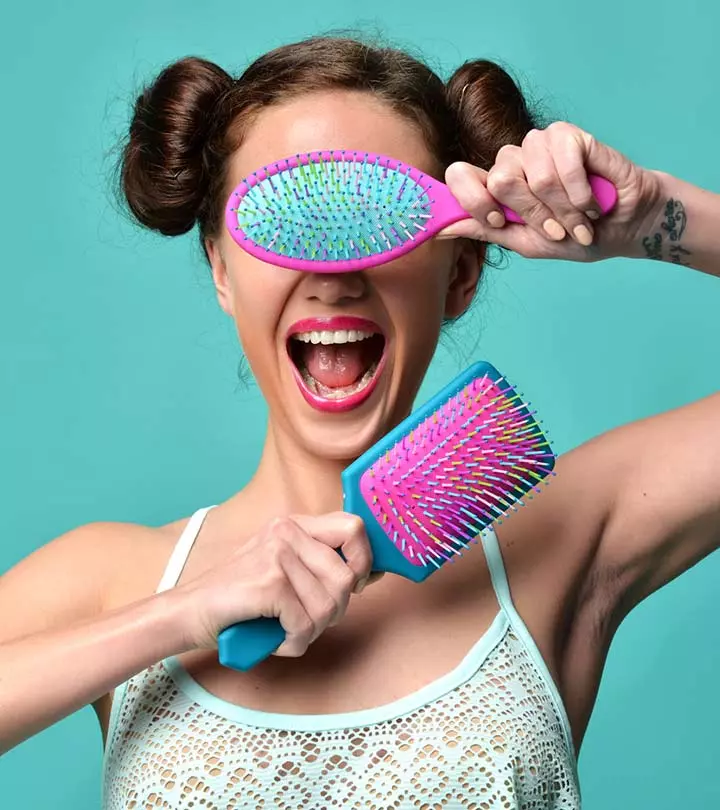
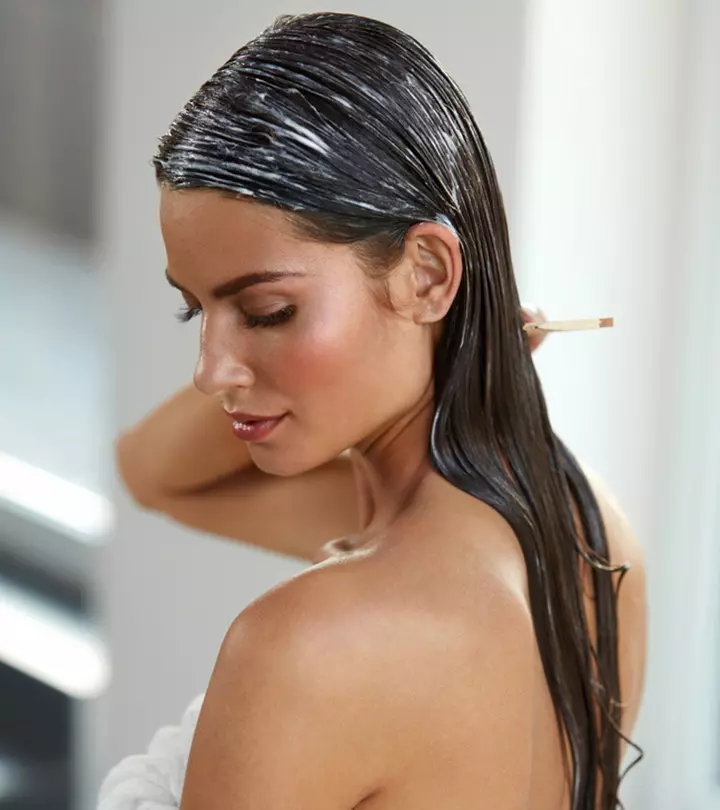
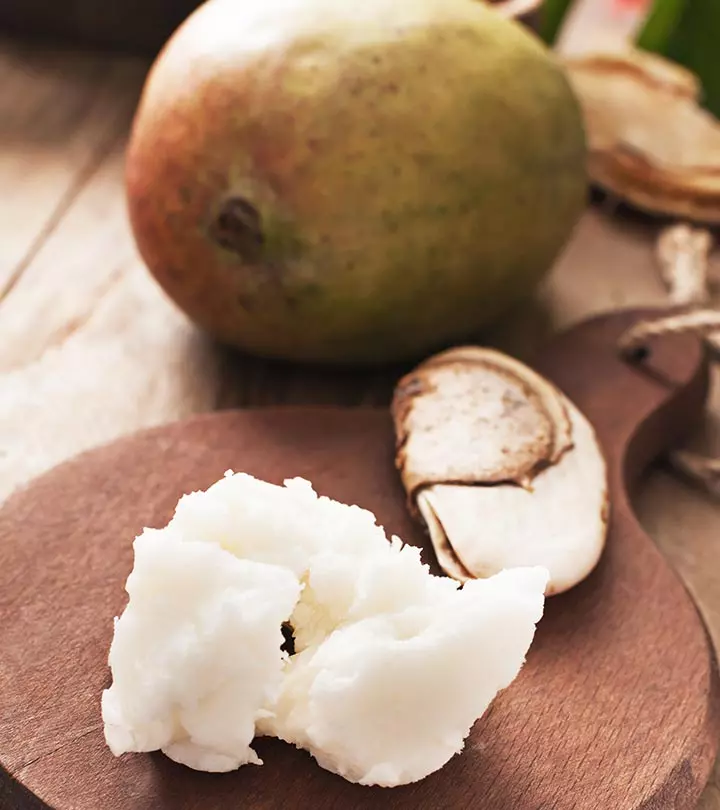
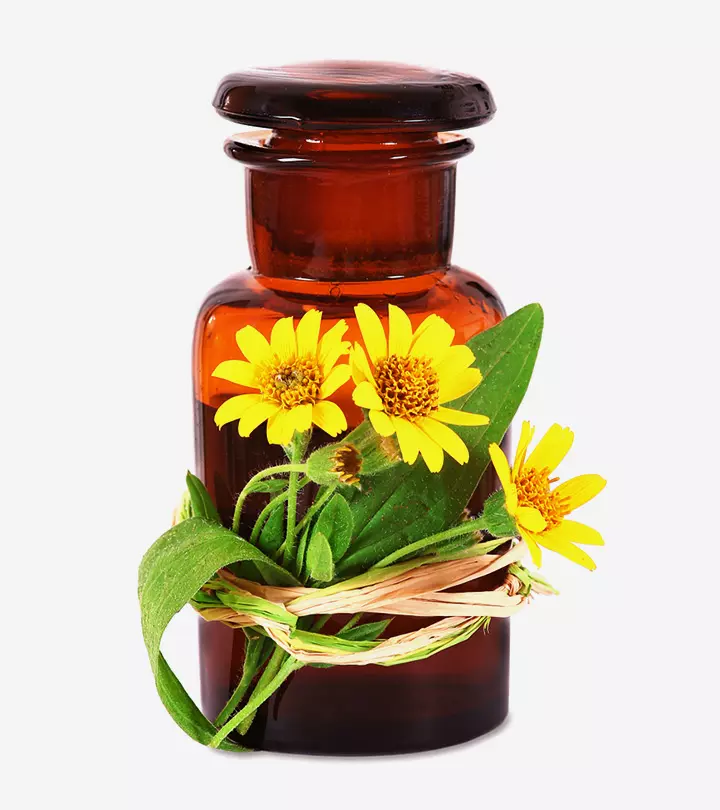
Community Experiences
Join the conversation and become a part of our empowering community! Share your stories, experiences, and insights to connect with other beauty, lifestyle, and health enthusiasts.